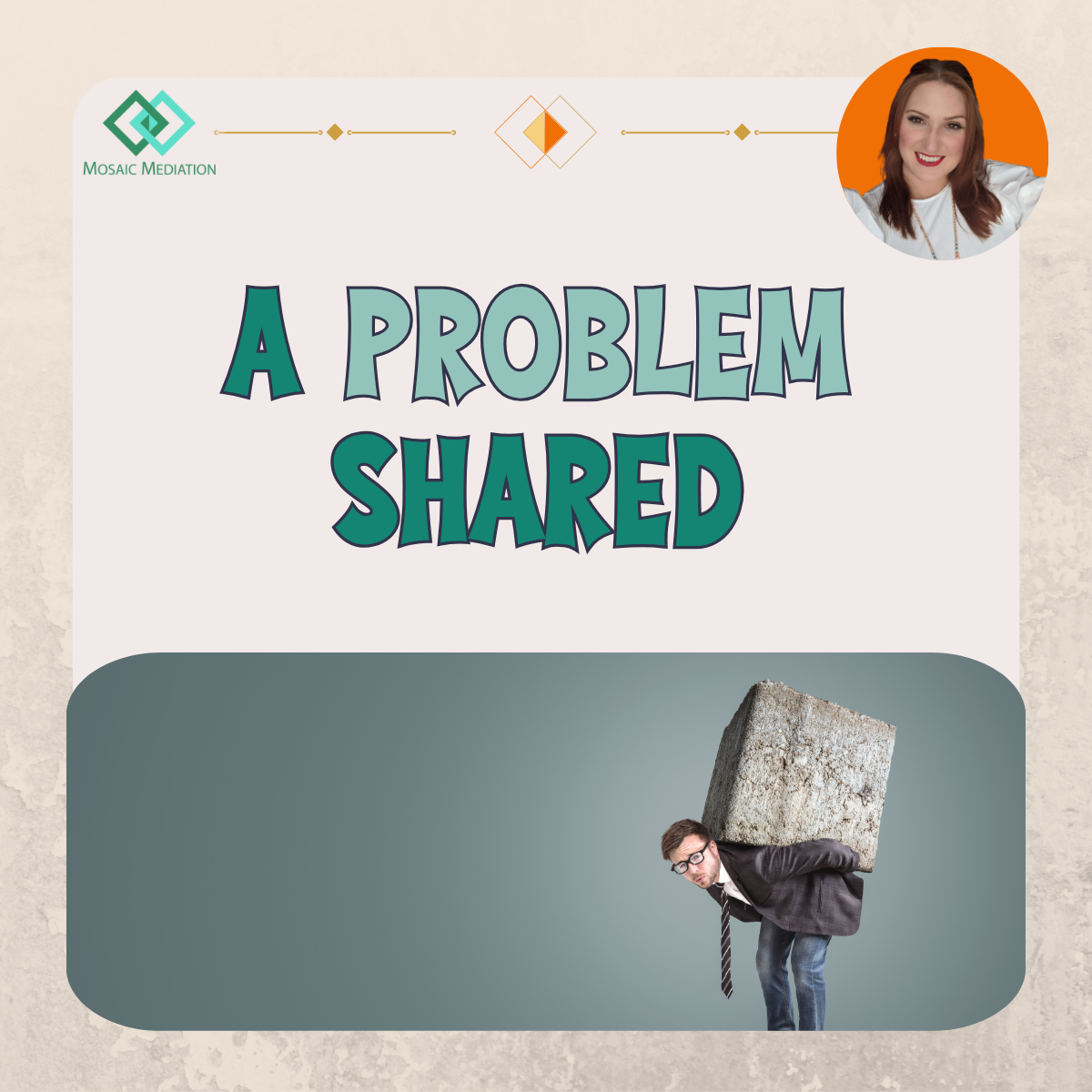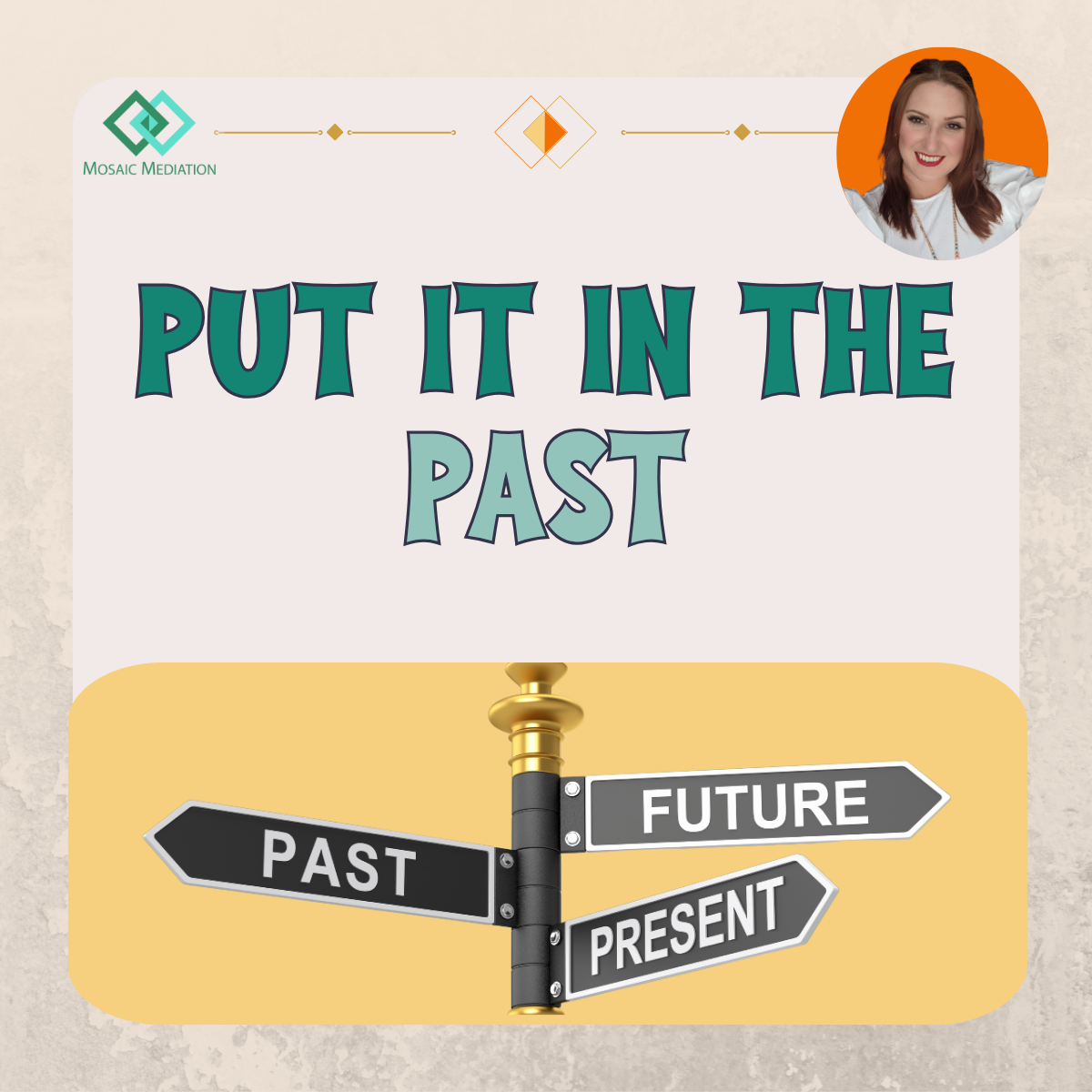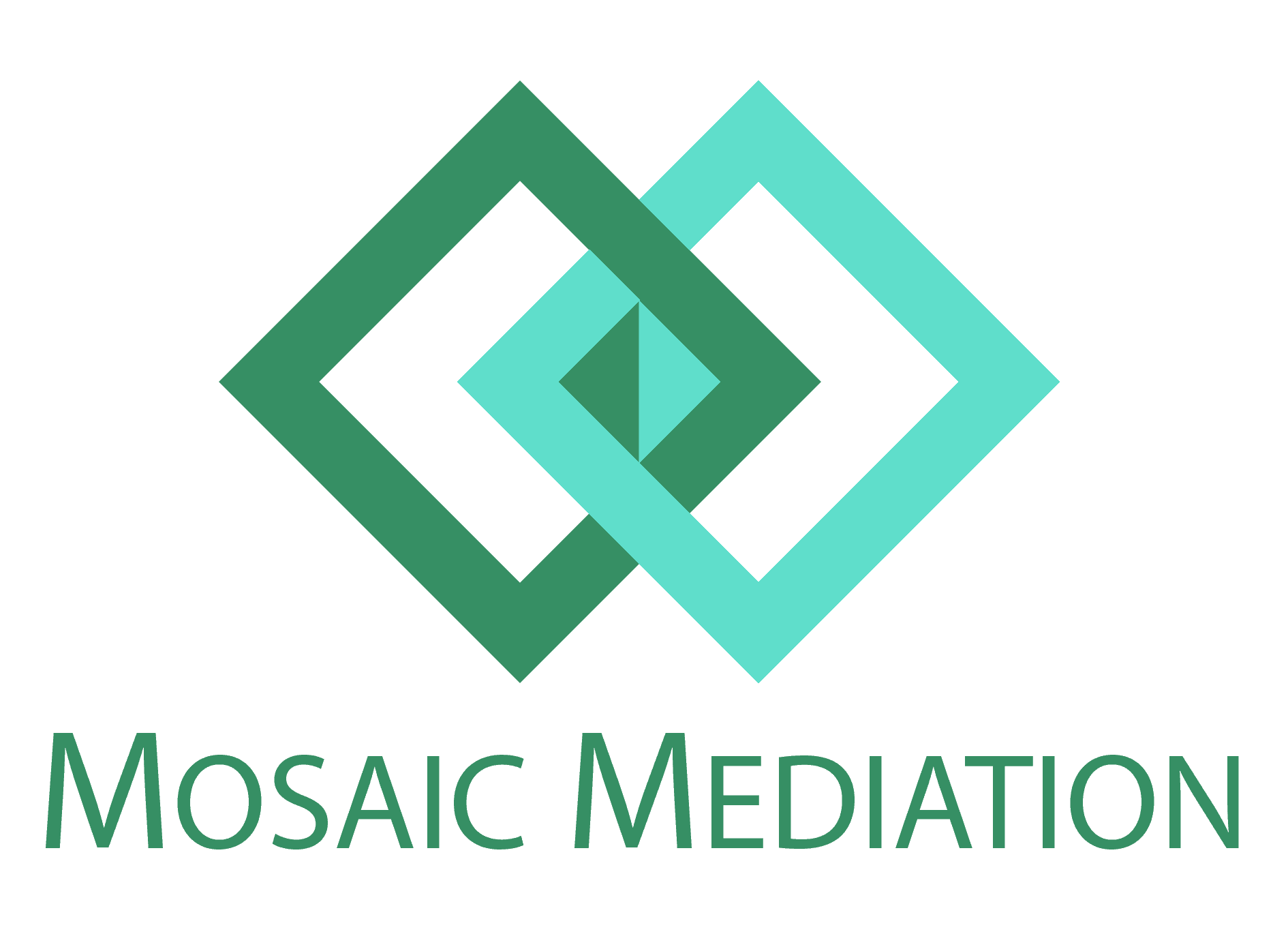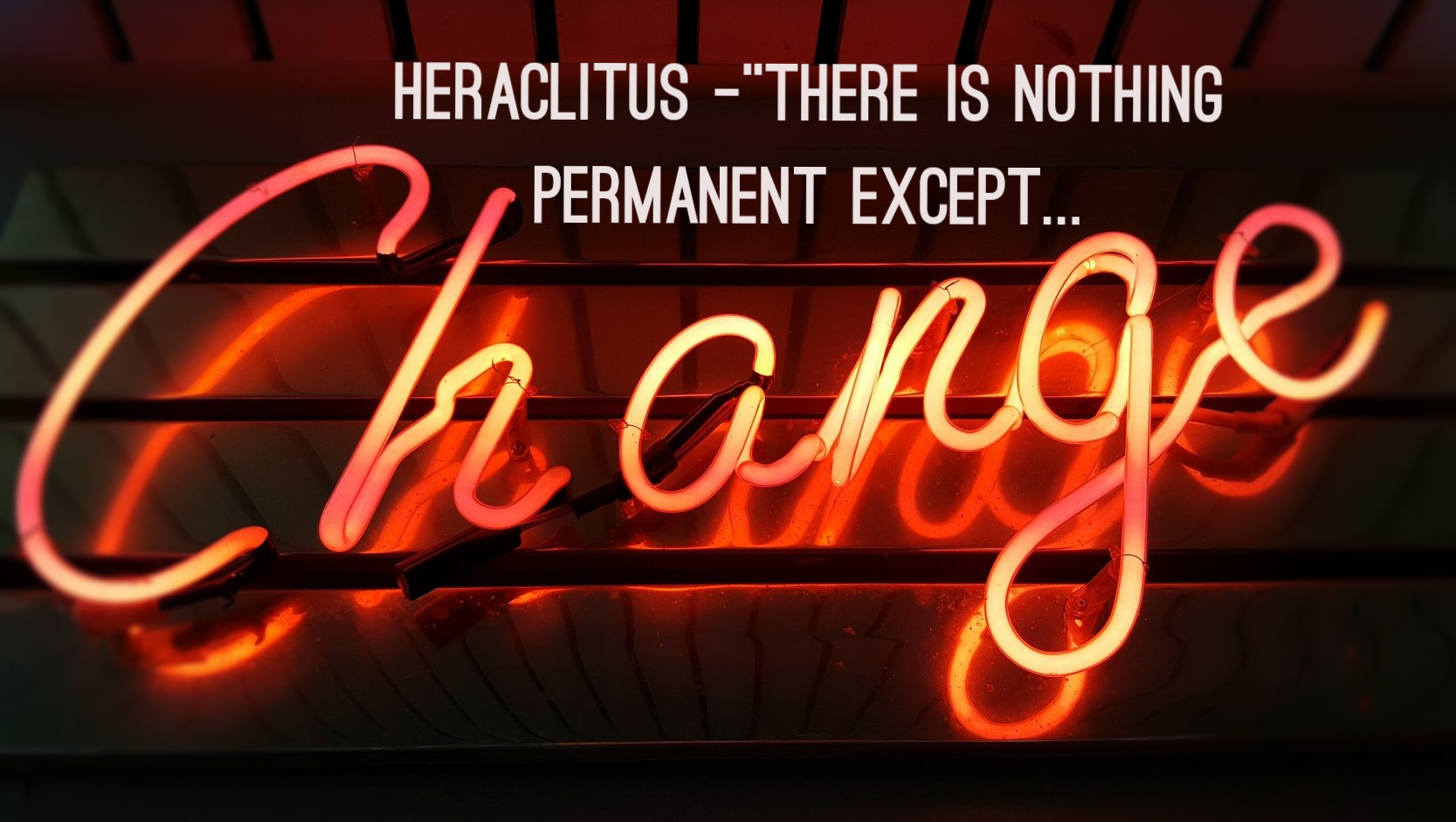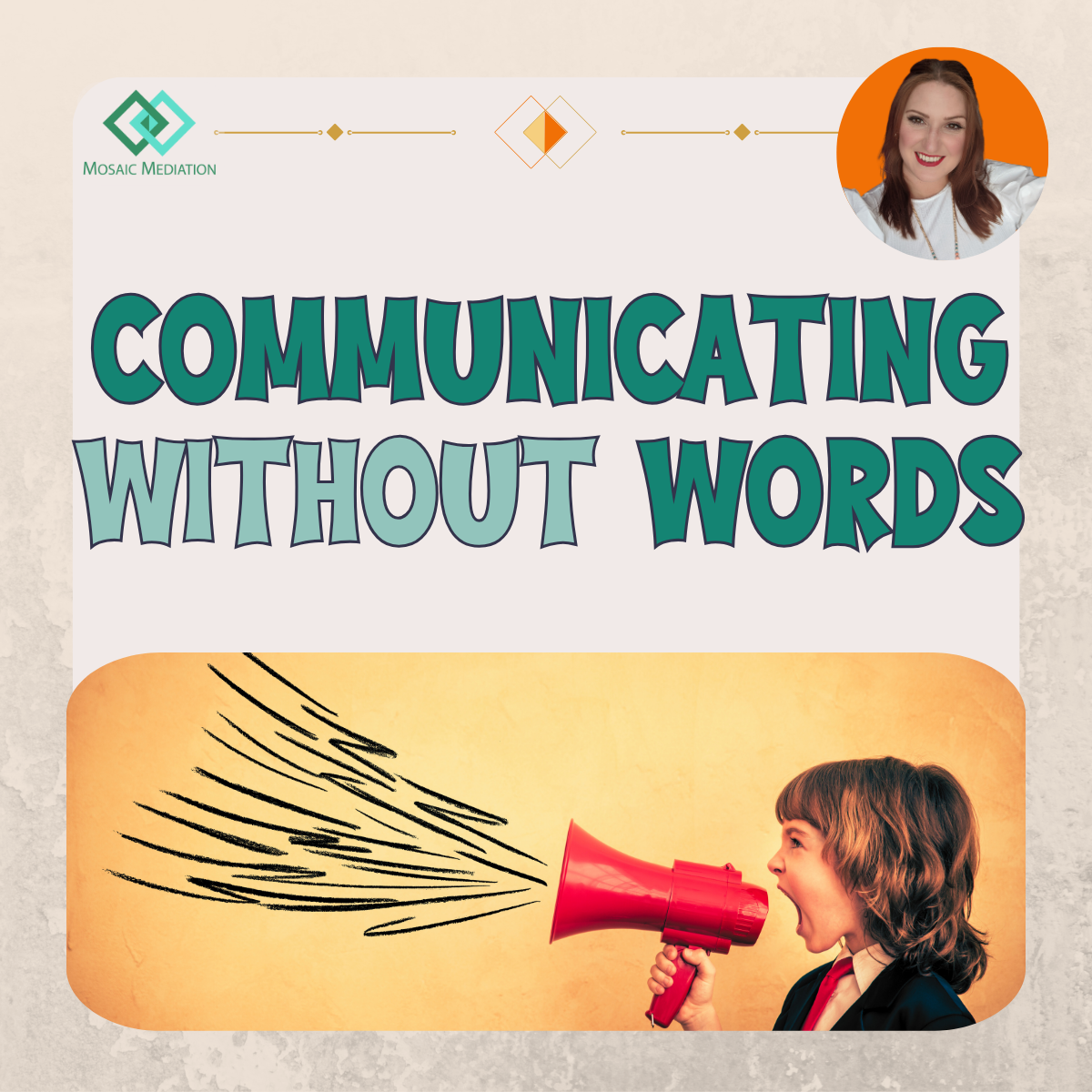Change - why, what and how
Change is an interesting concept.
This is the time of year when many people will be making changes – perhaps a small change as part of a bigger vision, or even a powerful life-altering change. Significant life changes can be scary and often feel overwhelming but sometimes the trickiest changes are the small ones – not in terms of doing it for the first time, but because it involves changing a habit; a pattern of thought or behaviour (or both!).
I am currently coming to the end of an online course on CBT (Cognitive Behavioural Therapy) – for my own knowledge and development – and what seems apparent from the principles and thought concepts behind CBT, is that it will often require mindful and repeated thought management and actions to change long-standing thought patterns and behaviours in the long-term .
I have always found relationships between people to be quite fascinating. The patterns different people have developed within that relationship often emerge quite quickly during an interaction. Watching siblings interact as adults often subtly – or quite obviously – portrays how they interacted as children and what ‘roles’ each sibling took.
People tend to get into patterns of relating with anyone who they meet regularly - in their social and personal life, or their work life. Sometimes these patterns are positive and enable a relationship to deepen and flourish. Whereas, at times these patterns can unwittingly do damage to a relationship.
When I am able to facilitate a conversation through mediation, where such patterns and behaviours come to light during the discussion, it gives room for reflection. Reflection over what contribution they may have had to the difficulties within their relationship; and, also reflection over what changes can be made to their current pattern of relating to improve the situation. Depending on the particular scenario, such changes may be to communicate more, or to communicate in a different way. Or, there may be a mutual decision that the best change is for one person to leave the organisation.
Once the ideas for the future are worked over, clarified and agreed, it would be a mistake to assume the situation is now tied up with a nice neat bow. I then have to make sure each person is aware that they are agreeing to change a pattern of behaviour – a pattern which is likely to change irrevocably overnight. In other words, the work is not finished when they leave the room. It is likely that when changes are made, at times people are will at times revert back to the pattern that they are used to. For example, if their thought pattern was to previously distrust whatever the other person said, it will take time for that not to be their immediate response.
Change is an interesting concept, largely because I think true and lasting change does not happen when the focus is solely on the change itself. Yet, it is often the main area of focus for people, whether they are trying to make a change for themselves or if they want other people to make a certain change.
For true change to happen I have come to the belief that you need 3 things: a reason (why), some reflection (what) and a plan (how).
1. A reason
- To be fully aware of the ‘why’ for the change – why it’s worth doing and what value it will bring.
2. Reflection
- To have a clear perspective on the current situation – as if your perspective is biased or inaccurate, you may not understand what actually needs to change.
- To also be fully aware of your own contribution to the current situation.
3. A plan
- Very clear and achievable steps to making the change. Ambiguous or unrealistic goals make change harder to measure and makes the process unnecessarily more challenging than it already is.
“The first step toward change is
awareness. The second step is acceptance.”
Nathaniel Branden
People also need to recognise that this pattern or ‘habit’ may take multiple attempts to alter, and when someone else is attempting to make changes, it will also be beneficial to understand that it may take time – and probably some ‘slip-ups’ during the transition stage – for those changes to take effect in the long-term. When mistakes do happen, reminding yourself of the three elements above - the why, what and how - also serve to help get you back on track.
To conclude, true changes in relationships and behaviours are achievable - but they will probably take time. So, if you are making changes this year, remember to be gracious to yourself if it’s harder than expected. If, on the other hand, you want to change your patterns of relating to someone andwant the relationship to improve, you will most definitely require a bit of grace to see you through the transition stage. Change is often hard and imperfect but if you have a clear reason, you have reflected on the situation and have a plan, it will most likely be worth it.
You can contact emma.jenkings@mosaicmediation.co.uk for more information on conflict resolution or communication and conflict prevention training.
